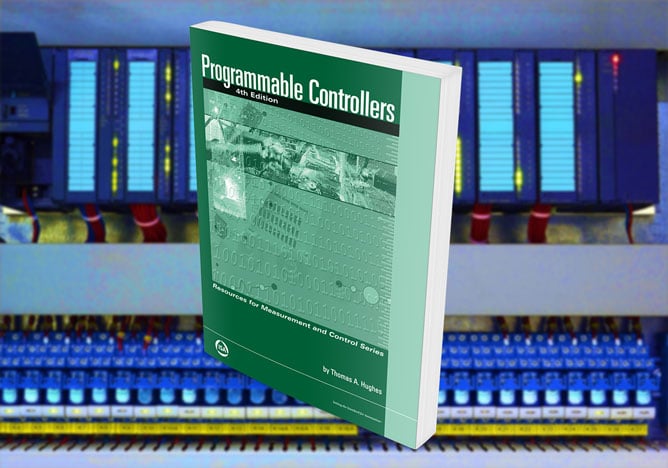AutoQuiz is edited by Joel Don, ISA's social media community manager.
Today's automation industry quiz question comes from the ISA Certified Automation Professional certification program. ISA CAP certification provides a non-biased, third-party, objective assessment and confirmation of an automation professional's skills. The CAP exam is focused on direction, definition, design, development/application, deployment, documentation, and support of systems, software, and equipment used in control systems, manufacturing information systems, systems integration, and operational consulting. Click this link for information about the CAP program. This question is from the CAP study guide, Performance Domain III, System Design. Definition: Design, specify, and procure the hardware/software used in the system.

To minimize electrical interference when AC power and DC signal wiring meet in a control panel, it is BEST to:
a) use a different size wire
b) cross the wires at 90 degrees
c) run the wires parallel to each other
d) twist the AC wires around the DC wires
e) none of the above
Using a different size wire will have no effect on the electrical interference. Running the wires parallel to each other will increase the effects of interference. Twisting the AC wires around the DC wires will also increase the effects of interference.
The correct answer is B, crossing the wires at 90 degrees is the correct answer. This minimizes the exposure of the wires to each other, and therefore minimizes the effects of interface.
If you'd like to learn more, please see the ISA reference book: Programmable Controllers, Fourth Edition.





